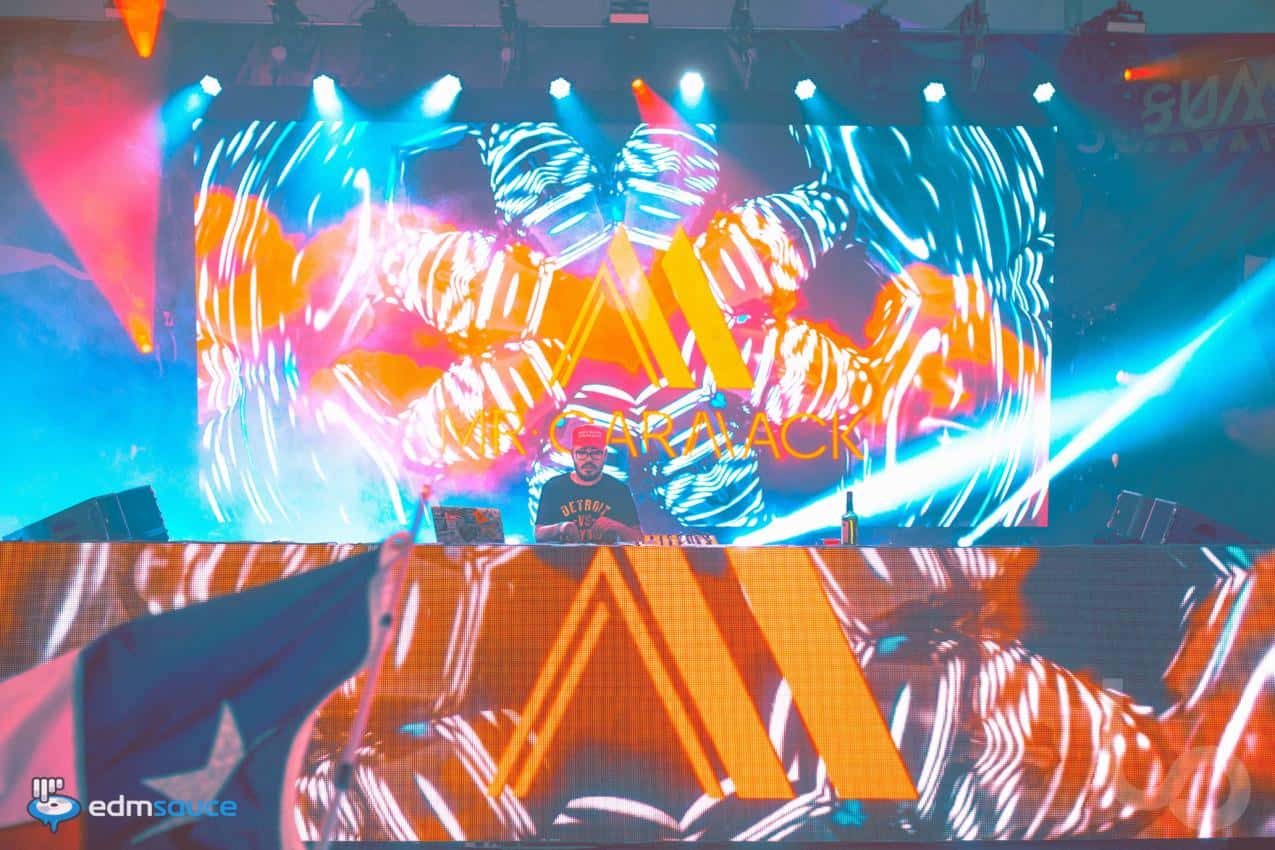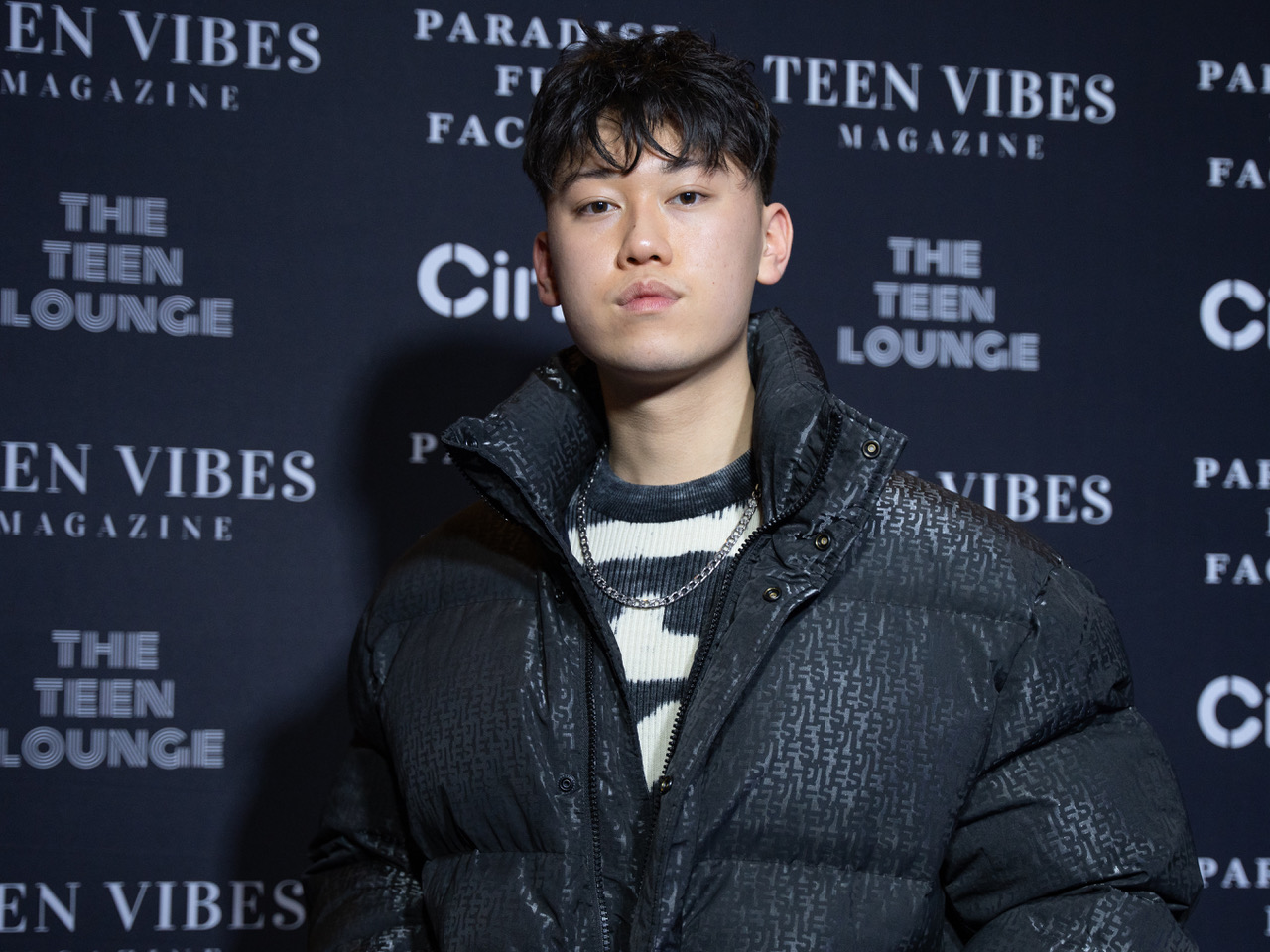Avatar: The Last Airbender treated the Spirit World with an atmosphere of mystery that made anything seem possible. When The Legend of Korra introduced the Spirit Portals during Harmonic Convergence, she joined the Spirit World to the realm of humans like never before, and some fans balked at the change. But the truth is that the two worlds were always more connected than they seemed. Throughout the Avatar franchise there are numerous examples of humans and spirits passing between them, and Korra did not make as big a change as it at first seems.
There are few concepts more mysterious in the world of Avatar than the Spirit World. Part of that is baked into the lore, with the emotional state of those inhabiting it shifting and shaping the very landscape itself when they are present. Spirits served as threats, allies and ominous sources of information throughout the first season of the original series, but seemingly the biggest addition to that lore came in the sequel series, when Avatar Korra opened and created Spirit Portals that allowed humans and spirits alike to pass freely from one realm to the other. Except Avatar's world was actually rife with such passageways even before Harmonic Convergence.
In the Kyoshi novels, an early plot point involves visiting a naturally-occurring open portal to the Spirit World where the slimy Father Glowworm emerges to give the main characters valuable information. As payment for his information, he takes a sacrifice back into the cave with him, where the Bender he takes retains their physical abilities and thus their bending as they do battle with the deadly spirit on the other side. The sequel novel explains how Avatar Kuruk fought many dark spirits that emerged from similar portals, with the implication that the world of Avatar has many inroads to the Spirit World that few humans are even aware exist.
This is consistent with the portrayal of spirits in the original series. The spirit Hei Bai passed freely between the two worlds as the winter solstice approached, signifying that the time of the season could influence the cosmic barrier between realms. By the end of the first season, the Gaang learns that the Spirit Oasis at the Northern Water Tribe held two spirits, Tui and La, and it was later revealed that the site was an entry point whereby Koh the Face Stealer could emerge and steal away Avatar Kuruk's bride. In Book Two, Wan Shi Tong pulled the Spirit World between the worlds, and in Book Three the Painted Lady appeared to Katara seemingly out of nowhere.
Even recent installments, like the comic "Matcha Makers," Iroh spends his retirement in Ba Sing Se freely convening with benevolent spirits without even needing to meditate. Looking over the series as a whole, spirits seem to come and go freely between the worlds. In the cases of Father Glowworm, Koh and Hei Bai, they even take humans along with them when they so desire. Korra's addition to the lore with Harmonic Convergence and the Spirit Portals was not so much that it was the first time such passageways existed, but that they were concretized into the world under a more tangible and understandable system than ever before.
In a lot of ways, that's a relief. The stories featuring the Spirit World post-Harmonic Convergence had a much easier time justifying how passage from one world to the other worked, without the need to force solstices or sundowns or spiritual locations as arbitrary necessities for the plot to take place.
As the franchise forges ahead with Avatar Studios there will doubtless be more stories that use the Spirit World. While its mystique made up much of its magic early on, at this point it only helps the franchise to make its systems consistent and understandable.
About The Author

